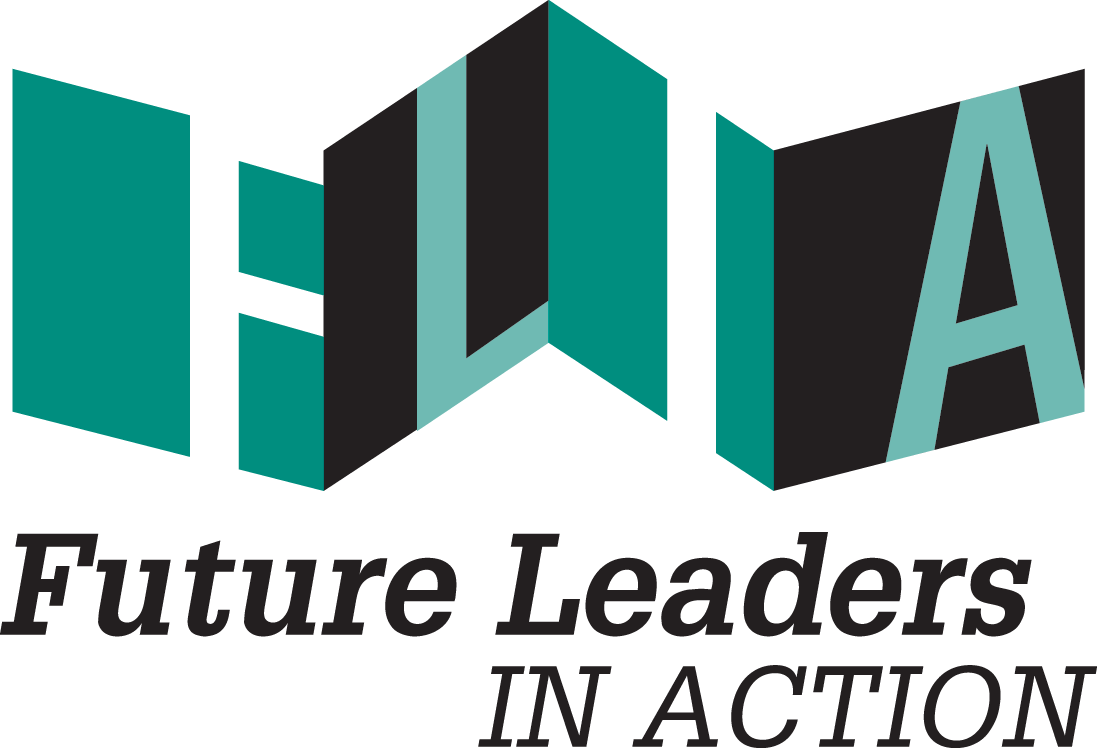In a world where the path to success often seems predetermined by access to resources and opportunities, I have witnessed firsthand the struggles faced by underserved communities in breaking free from the chains of disadvantage and inequality. However, amidst these challenges, I discovered a hidden gem with the potential to transform lives: social capital. This powerful asset, often overlooked, holds the key to unlocking doors that were once seemingly closed to those in underserved areas. As I embarked on a summer fellowship with Liberated Success, my journey unveiled two essential truths: social capital is rooted in inequality, and harnessing it in underrepresented communities requires critical thinking and intentionality.
Social capital, though intangible, holds immense value for underserved communities. Rooted in trust, reciprocity, and cooperation, social capital manifests through the strong relationships and networks that tie community members together. However, what I found in my summer fellowship working with Liberated Success, social capital goes beyond networks of personal relationships between neighbors, social capital also encompasses the community organizations and institutions that foster mobility and increase equity. Liberated Success, a nonprofit organization I had the privilege to work with this summer, focuses on mentorship, job skills training, food pantry access, and transportation services – all essential components of social capital.
I found in my summer fellowship working with Liberated Success, social capital goes beyond networks of personal relationships between neighbors, social capital also encompasses the community organizations and institutions that foster mobility and increase equity.
But, navigating and harnessing social capital can often be extremely difficult for underrepresented communities. For example, when Black and brown students learn about networking it often lacks a cultural relevance that forces them to feel like they have to behave certain manner to get a job or do well in a college interview. I remember attending a Job Club workshop with Liberated Success that prepared high school students for work opportunities. This summer the kids in Job Club had the opportunity to work at Yankee Stadium. I noticed that many of their concerns and questions were about etiquette and how they needed to perform in order to be accepted in the workforce. They talked about having to “code switch” at work and if they had to conceal the nature of their friendship since they were now colleagues. Many do not have an opportunity like this and have to accept an unpaid internship for “experience” despite not having the financial freedom to do so. As I engaged with the students, I realized that conventional notions of networking often lack cultural relevance, leaving them feeling as though they must conform to fit a predetermined mold to succeed in interviews or secure quality opportunities. The question then becomes, how do we readdress social capital in a way that empowers underserved youth to be their most authentic selves despite social messages to do otherwise?
This model provides a visual representation of what social capital means in a community context. Source: University of Minnesota Extension
At its core social capital empowers people to believe they can make a difference because they have the tools and resources to do so. As I reflected on the impact made by Liberated Success on Black youth navigating careers and post-secondary education, I had three major takeaways:
When participants have close connections that give a sense of belonging they feel more connected to their community
When participants have wider connections that help them expand opportunities they feel more empowered in an authentic way
When participants have connections to organizations and systems that help them gain resources they gain a sense of ownership and agency over their lives and choices.
Through this transformative experience, I learned that social capital is not only crucial for the success of underserved communities but also represents a story of hope and determination. Despite the barriers imposed by external circumstances, these communities are embracing their inherent strengths to build a better future. I firmly believe that we need to bridge, link, and bond in the most authentic way possible. As I continue to nurture this invaluable asset, I aim to ensure that it reflects the diverse population of underserved communities.
The lesson I take from this inspiring experience is clear: social capital is not a resource to be underestimated or undervalued and its true power lies in empowering individuals to embrace their authentic selves and seize opportunities that once seemed out of reach.



